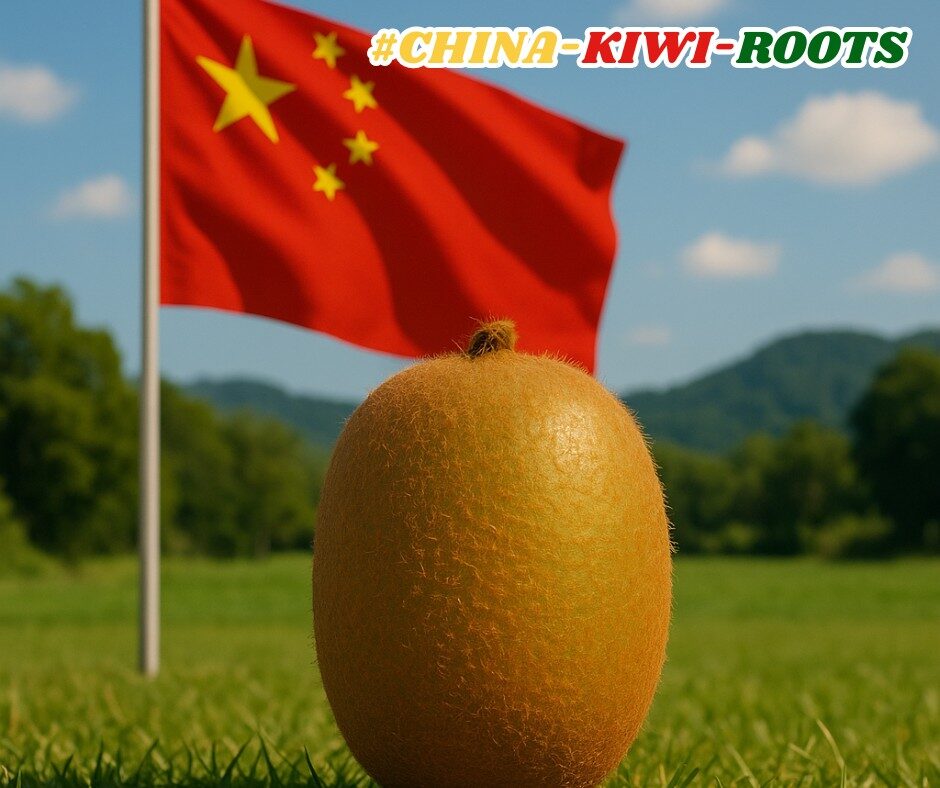by Dr Marli Botha
Reading food labels will make it much easier for you to compare foods and find the best product for your nutritional needs. It will assist you and your family to make better choices, it can help you limit the amount of fat, sugar, and cholesterol in your diet as well as to find food items higher in vitamins, fibre, and protein.
Understanding what’s in the foods you buy is key to stocking a nutritious kitchen. What exactly are you getting when you buy “juice,” a “multigrain” bread, or a “low-fat food”? Throw in terms like “organic,” “no additives,” and “high in protein” and the confusion meter rises. If you’re confused by food labels, you’re not alone. A 2005 survey by AJ Nielsen & Amp; Co. found that half of the consumers understood nutrition labels only “in part,” although 2 out of 10 said they consistently read them.
The secret to reading a food label is knowing what to look for. If you’re avoiding gluten, dairy, sugar or any other allergens, knowing exactly what all those numbers and words mean on food labels is critical.
In South Africa, we have strict food labeling regulations and food label laws that inform consumers and protect us from misleading— making it easier for us to understand exactly what we’re buying, and eating. Yet food labels are not always easy to decipher The How to Read Foodstuff Labels series of articles will focus on what info you should find on your food labels — and what it really means.
Some mandatory information required on Food Labels in South Africa
- An accurate name of the product informing the consumer of exactly what is in the packaging.
- The ingredients listed in descending order of mass
- All allergens must be identified in the prescribed format
- The country of origin
- A batch identification number
- A use-by date / Best before date
- The Typical Nutritional Information Table for ALL products, in the prescribed format. Products without claims may use calculated nutritional analysis values. This is going to be the case once the new R429 is passed.
- Name and address in South Africa of the manufacturer or importer or distributor
- Net contents in metric units
- Agricultural products must also comply with the relevant agricultural standards act for that specific food.
This article was compiled by Dr. Marli Botha with the intention to inform and educate the public. All relevant contributing information is based on the regulations of March 2010 (R146) as well as the published R429 draft of the regulations as a guideline for those issues that are not covered by R146.




